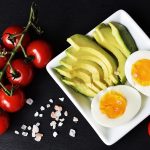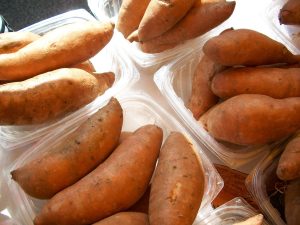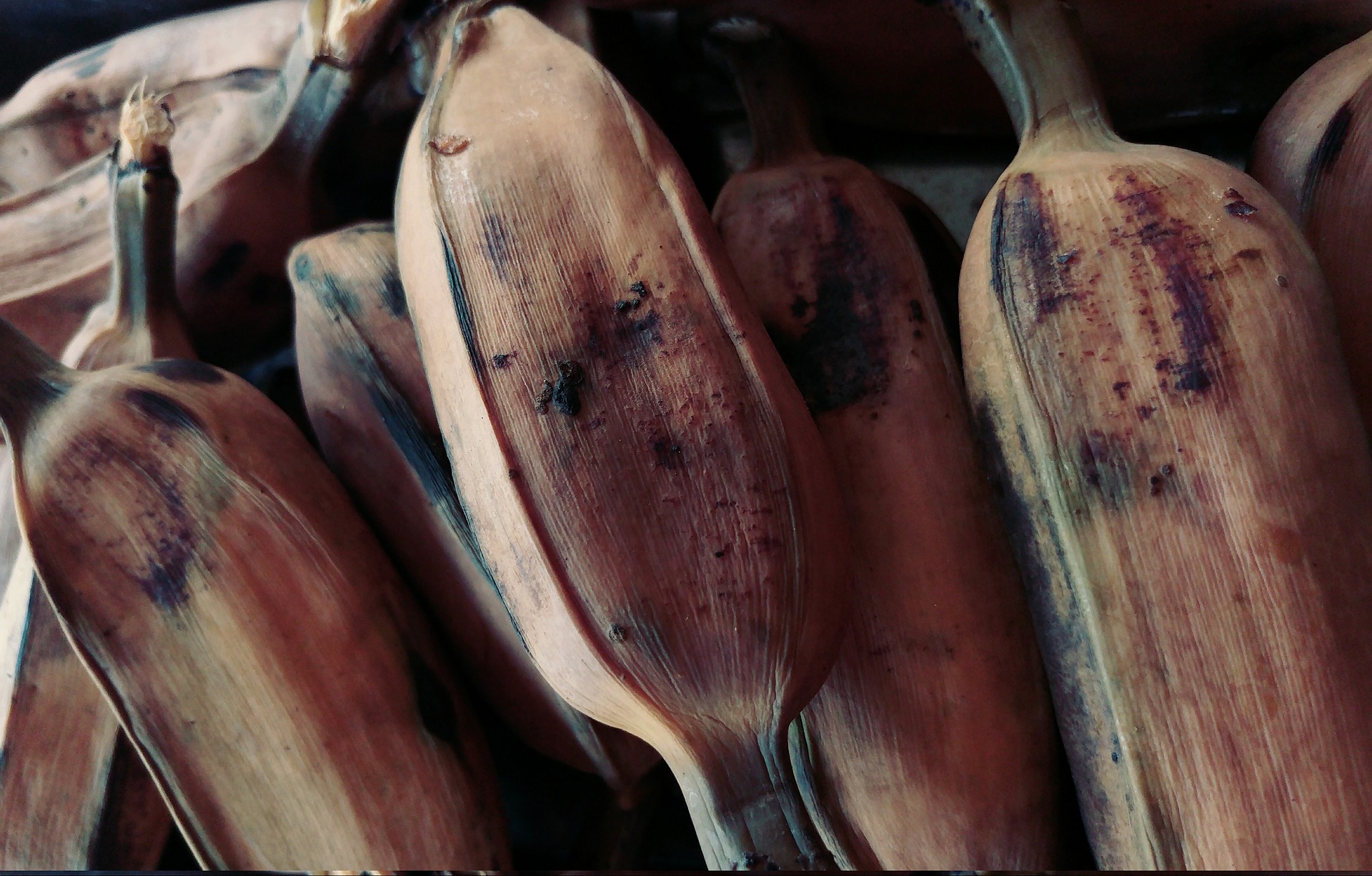
Bananas, one of the most widely consumed fruits globally, undergo a fascinating transformation when transitioning from their raw state to being cooked. This metamorphosis not only alters their taste and texture but also brings about changes in their nutritional profile. In this exploration, we delve into the differences between raw and cooked bananas, shedding light on the culinary evolution that takes place during the cooking process.
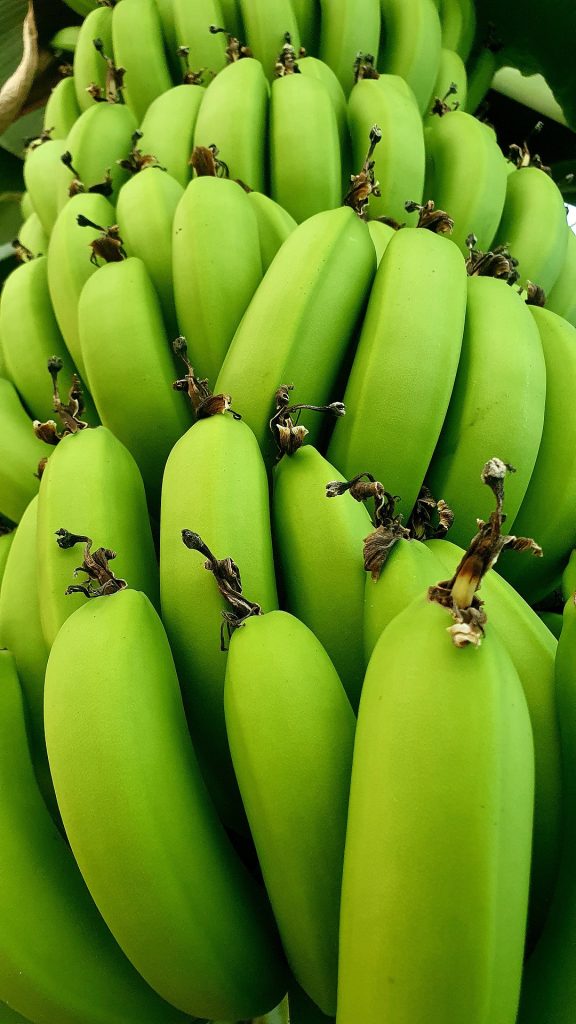
Raw Banana:
Raw bananas, often referred to as plantains, are a staple in many tropical regions and are a crucial component of various cuisines. Unlike their yellow, sweet counterparts commonly eaten as a snack, raw bananas are starchier and have a firmer texture. Cooking is required for raw bananas to make them palatable as their skin is tougher and thicker.
The primary distinction between raw and cooked bananas lies in their texture and taste. Raw bananas are dense and starchy, with a mild flavor that leans towards a slightly bitter taste. The flesh is firm and not as sweet as the ripened version, making it less appealing for consumption in its raw state. The potato-like consistency of raw bananas is due to the presence of high starch content, which transforms significantly during the cooking process.
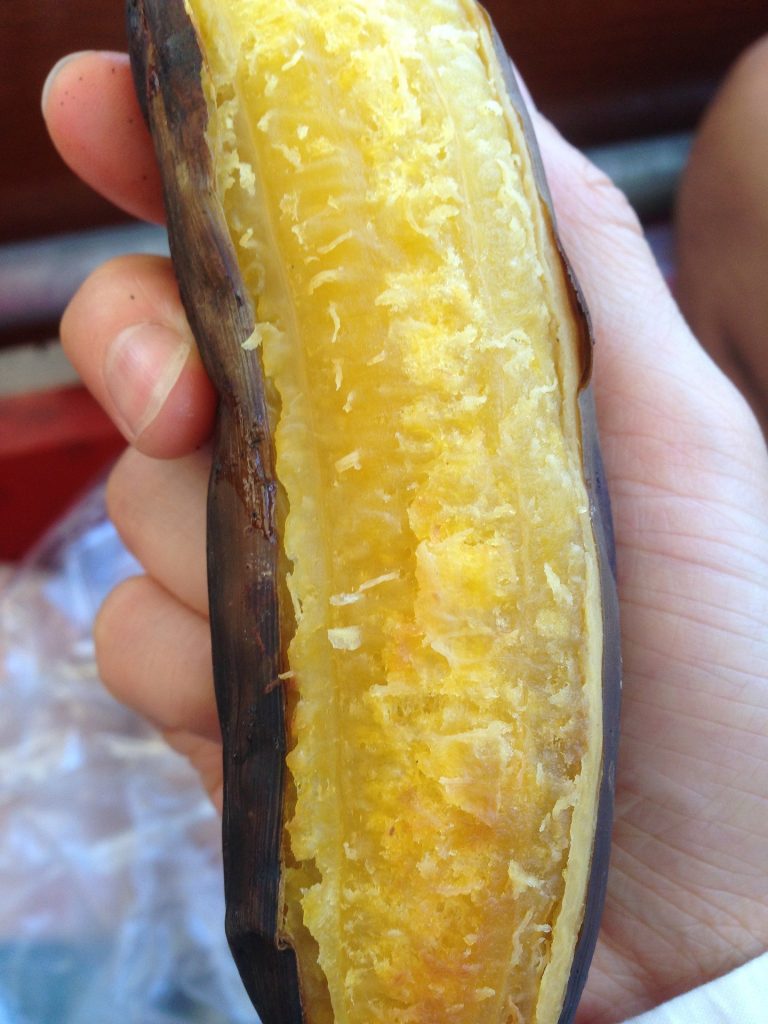
Cooked Banana:
Cooked bananas, on the other hand, undergo a delightful transformation that renders them soft, sweet, and versatile for various culinary applications. The cooking methods employed can vary, including boiling, frying, baking, or grilling, each contributing to a distinct flavor and texture profile.
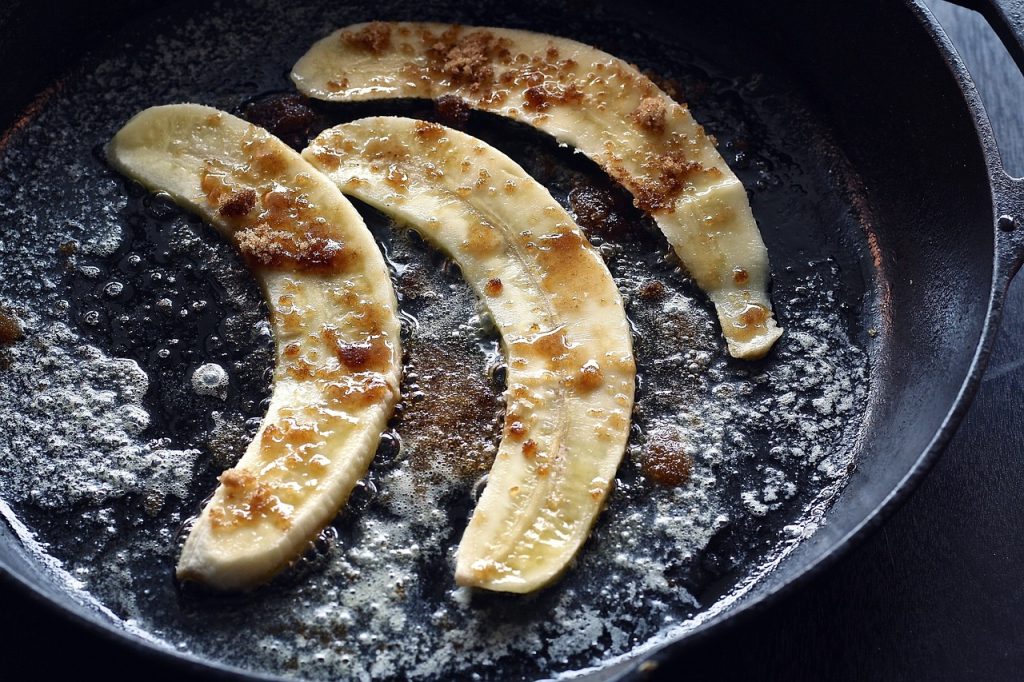
Texture and Taste:
The starches in the raw banana are broken down to sugars by the cooking process, resulting in a sweeter and softer texture. Boiled or steamed bananas take on a creamy consistency, resembling mashed potatoes, while fried or grilled bananas develop a caramelized exterior with a tender inside. Depending on the cooking method and ripeness of the fruit, the taste evolves from the mild, slightly bitter flavor of raw bananas to a sweetness that can range from subtle to pronounced.
Nutritional Changes:
Beyond the evident textural and taste differences, the nutritional content of bananas undergoes notable changes during the cooking process. Raw bananas are a rich source of resistant starch, a type of dietary fiber that resists digestion in the small intestine, reaching the colon where it acts as a prebiotic, promoting gut health. However, this resistant starch diminishes considerably when bananas are cooked, leading to alterations in the overall nutritional composition.
Cooking bananas makes them more readily digestible by increasing the levels of free sugars. The breakdown of complex carbohydrates into simpler sugars during cooking results in a higher glycemic index, which can impact blood sugar levels. Additionally, the cooking process may cause a reduction in certain water-soluble vitamins, such as vitamin C, although the extent of this loss varies with the cooking method and duration.
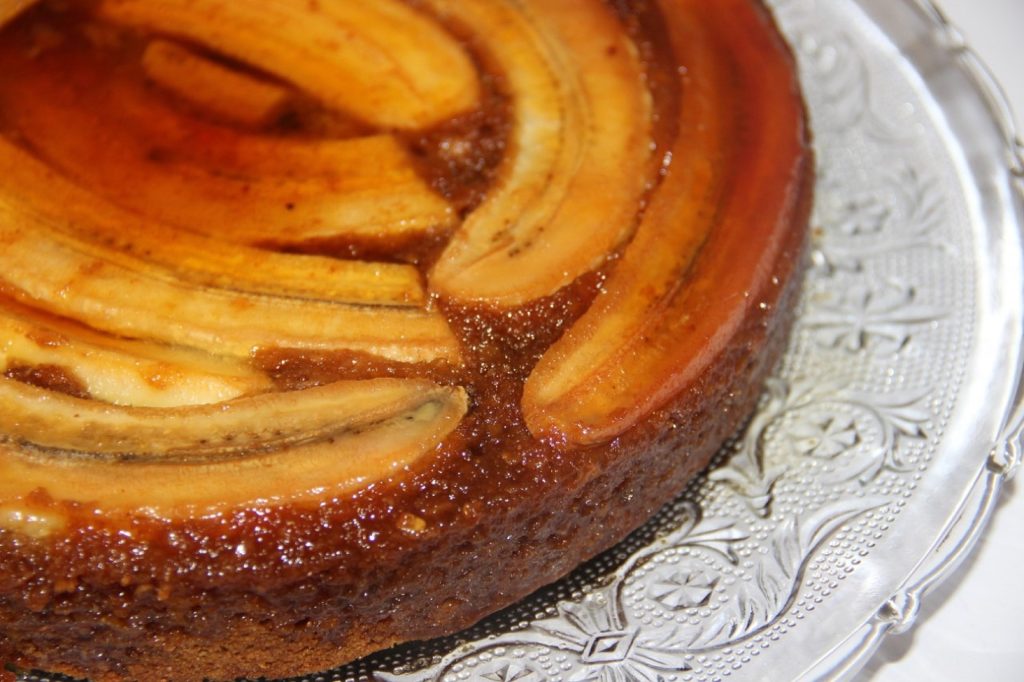
Culinary Applications:
A myriad of culinary possibilities opened up by the transformation from raw to cooked bananas. In many tropical cuisines, plantains are a staple ingredient, prepared in diverse ways to create savory dishes. Fried plantains, a popular side dish or snack in many Caribbean and African countries, showcase the versatility of cooked bananas. The sweet counterpart, commonly known as “dessert bananas,” finds its way into various baked goods, such as banana bread or muffins, enhancing the overall sweetness and moistness of these treats.
Conclusion:
In conclusion, the journey from raw to cooked bananas is a fascinating exploration of culinary science and transformation. The textural, taste, and nutritional differences between these two states highlight the impact of cooking on this beloved fruit. Whether enjoyed as a savory dish in the form of fried plantains or as a sweet treat in banana bread, the culinary versatility of bananas is a testament to the diverse ways in which this fruit can be incorporated into our diets. Understanding these differences allows us to appreciate the unique qualities each state brings to the table, enriching our gastronomic experiences.




